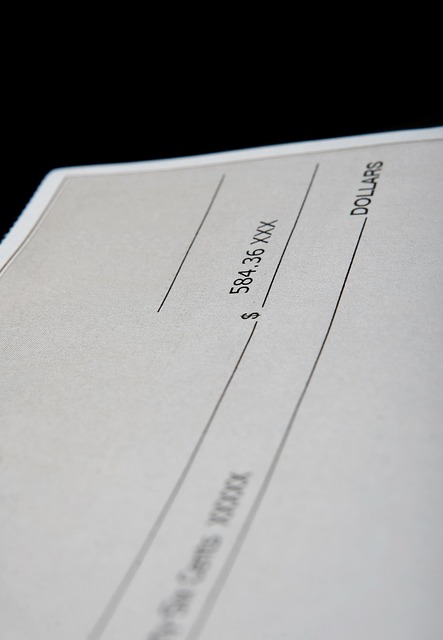Bank Accounts Explained: How to Choose and Manage Safely
A bank account is more than a storage place for cash — it’s the hub of your financial life. This guide breaks down account features, security measures like FDIC protection and multi-factor authentication, fee structures, and practical tips for choosing and managing checking, savings, and money market accounts. Learn how to pick the right account, avoid unnecessary costs, and use online banking tools to build stronger financial habits.

Bank Accounts Explained: How to Choose and Manage Safely
What modern bank accounts offer
Bank accounts today provide far more than a safe place to keep money. Most institutions include robust online and mobile banking platforms that let you check balances, transfer funds, deposit checks, and pay bills from anywhere. Common conveniences include automatic bill pay, direct deposit for paychecks, nationwide ATM access, and optional overdraft protection. Banks also let you link multiple accounts (for example, checking and savings) to move money quickly between them.
Many accounts include fraud detection and alerts, secure card technologies like EMV chips, and in-app controls to lock or report a lost card. These features speed up routine money tasks and add practical security and convenience for both everyday spending and longer-term planning.
How to pick the best account for you
Choosing an account requires weighing your priorities. Start by comparing minimum balance requirements and monthly maintenance fees: some banks waive fees if you meet a balance threshold or have recurring direct deposits. Next, examine interest rates — even small differences matter for savings and money market accounts.
Evaluate the bank’s digital experience: is the mobile app stable, and does it support mobile check deposits? Consider the ATM network and branch locations if you rely on in-person service. Look at customer service reviews, available financial products (loans, credit cards, investment services), and any perks like cashback, fee rebates, or specialized accounts for students and businesses.
If you use cash frequently, prioritize banks with extensive ATM networks. If you value high interest on savings, online banks often offer better rates but fewer physical branches. Match the account’s strengths to your habits and financial goals.
How banks protect your money and information
Banks deploy multiple layers of protection to safeguard deposits and data. In the United States, FDIC insurance typically covers depositors up to $250,000 per insured bank, per ownership category. This means deposited funds are protected even if the bank fails.
On the technical side, banks use encryption for online and mobile services, continuous fraud-monitoring systems, and multi-factor authentication (MFA) to reduce unauthorized access. Secure card technology (like EMV chips) and tokenization for digital wallets add extra protection for card-not-present and contactless transactions. Despite these defenses, customers should also use strong, unique passwords, enable app alerts, and review statements regularly to detect and report suspicious activity quickly.
Account fees, minimums, and a quick reference table
Understanding fee structures helps you avoid surprises. Many checking and savings accounts have monthly maintenance fees that can be waived if you meet minimum balance requirements, receive recurring direct deposits, or sign up for electronic statements. Higher-tier accounts often charge more but provide additional perks or higher interest rates.
| Account Type | Typical Monthly Fee | Minimum Balance to Waive Fee |
|---|---|---|
| Basic Checking | $5-$12 | $500-$1,500 |
| Premium Checking | $12-$25 | $1,500-$5,000 |
| Savings Account | $5-$10 | $300-$1,000 |
| Money Market | $10-$15 | $2,500-$10,000 |
Prices, rates, or cost estimates mentioned in this article are based on the latest available information but may change over time. Independent research is advised before making financial decisions.
Practical steps to manage accounts effectively
Active account management reduces fees and minimizes risk. Check your account balances and recent transactions frequently, either through your bank’s app or monthly statements, and reconcile them against your own records. Set up low-balance or large-transaction alerts so you can respond quickly to potential overdrafts or fraud.
Automate what you can: schedule recurring transfers into savings, automate bill payments to avoid late fees, and use direct deposit for predictable cash flow. If you carry multiple accounts, link them logically—use checking for daily spending and a savings or money market account for emergency funds and short-term goals.
If you do encounter fees, contact your bank. Many institutions will waive the first overdraft or monthly fee as a courtesy, especially for new customers or those with a good standing.
Choosing online vs. branch banking
Online-only banks tend to offer higher interest rates and lower fees because of lower overhead, but they might lack in-person services and local ATM access. Traditional banks provide branches for face-to-face help, safe deposit boxes, and often a broader product lineup. Hybrid banks combine mobile-first features with some branch presence.
Decide based on convenience, cost, and the level of personal service you prefer. You can also maintain accounts at both types — use an online savings account for higher yields and a local checking account for everyday needs.
Final considerations
A well-chosen and well-managed bank account is a foundational tool for financial health. Prioritize accounts that match your lifestyle, minimize unnecessary fees, and offer the digital tools you’ll actually use. Protect your information with strong passwords, MFA, and routine monitoring, and take advantage of FDIC or equivalent deposit insurance to safeguard your funds.
Whether you’re opening your first account or reorganizing multiple accounts, a clear plan and a regular review will help you get the most value from your banking relationship and build a more stable financial future.





